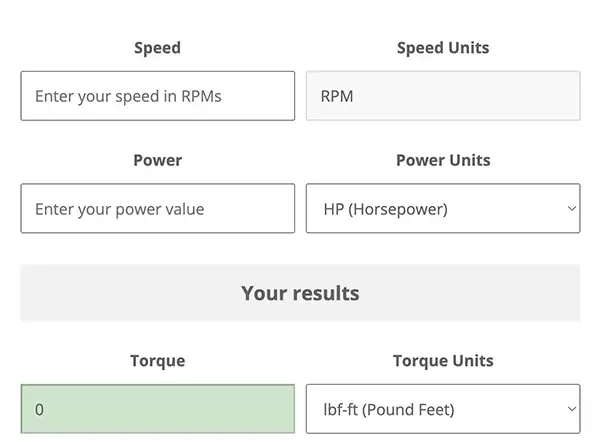Motor Blog
Speed vs Torque
The purpose of a rotary motor is to provide a desired rotational output speed while overcoming the various rotational loads resisting that rotational output (Torque). Speed and Torque are directly related, and are the two primary performance factors in properly selecting a motor for a specific application or use. To learn how to select the...
Read the full article »
Read the full article »
How Do AC Induction Motors Work?
If you’ve ever turned on a fan during a hot day or complete a load of laundry in your washing machine, you’ve experienced an AC induction motor firsthand. They’re among the most versatile and commonly used motors in the world and one of the many types of electric motors we customize to meet your needs....
Read the full article »
Read the full article »
Are Electric Motors Reliable
Electric motors are mechanically simple devices with a relatively small number of moving parts. This, combined with their low vibration output, makes electric motors very reliable power supplies if used properly and within their specified ratings limits. In applications where either electric or combustion motors are viable options, the electric motor is often the more...
Read the full article »
Read the full article »
Are Electric Motors Waterproof?
The vast majority of electric motors are not waterproof, largely because it is not necessary for the application in which they are used. It is possible to create a waterproof electric motor. However, waterproofing comes with added costs while also limiting overall performance. These costs are often only worthwhile for specific applications, such as pumps...
Read the full article »
Read the full article »
What are Gear Motors Used For?
Electric Gear motors are used in applications that require high output torque and lower output shaft rotational speed, especially where space and available power are limited. This describes a wide range of common equipment applications across multiple industries. From automotive wiper and window motors to hospital beds and patient lifts, robots to conveyor systems, automatic...
Read the full article »
Read the full article »
Why are DC Motors Usually Gear Motors
Many battery-operated devices rely on DC motors for power. Because of their high shaft speeds-typically 1500-6000 RPM under load-DC motors are commonly paired with a gearbox. Without the gearbox, the shaft speed of DC motors often exceeds the requirements of most applications. Since many applications require a controllable shaft speed output, many DC motors are...
Read the full article »
Read the full article »
 Request a Quote
Request a Quote
